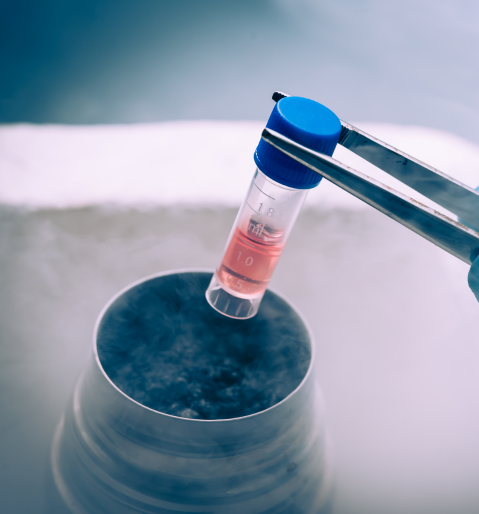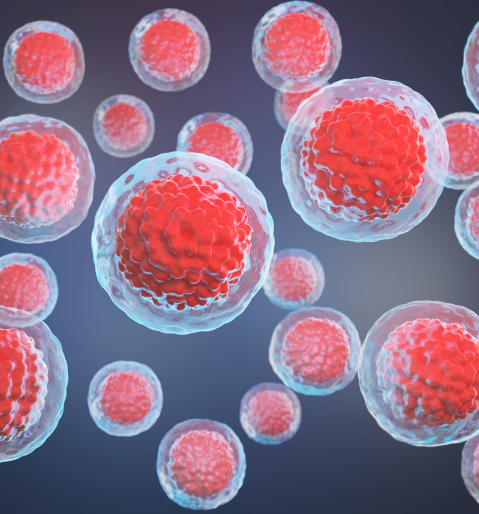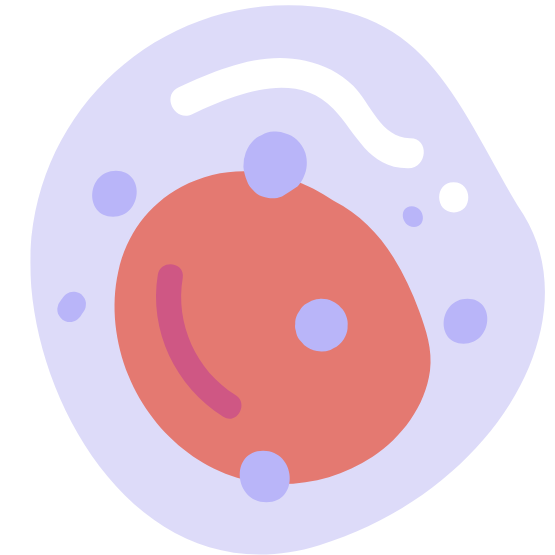What are stem cells?
Stem cells are the body’s “starter” cells. They can become many different cell types and release signals that support repair. You can think of them as your built-in maintenance crew that helps tissues recover from everyday wear, injuries, and age-related changes.

What is stem cell therapy?
Stem cell therapy is a minimally invasive treatment where concentrated stem-cell–rich material is placed near an area that needs support. The goal is to nudge the body’s own healing processes — easing soreness, improving mobility, and helping tissues feel and function better.
Common sources discussed in clinic:
- Bone marrow aspirates from your own body.
- Umbilical cord tissue (Wharton’s jelly) that is ethically sourced after birth.
Your provider will help you decide what is appropriate for your goals and health history.
Discover the benefits of stem cell therapy
People choose stem cell therapy to support:
- Recovery from everyday or sports-related aches.
- Joint and soft-tissue function in shoulders, knees, hips, and spine.
- Healthy aging and active lifestyles.
- Cosmetic and skin rejuvenation goals when paired with other therapies.
Results and plans vary person to person. Your provider will tailor a plan for you.

Benefits

Supports the body’s natural repair signals.

Helps calm irritation and stiffness.

Encourages healthy tissue remodeling.

Can reduce downtime compared with surgery.

Aims to improve comfort and mobility.

Works alongside rehab, PT, and nutrition.

Discuss options for bone marrow or umbilical sources.

Personalized dosing and follow-up at ViveWell.

Is This Right For Me?
Looking for a non-surgical option to support healing and mobility? You may be a good fit if you want to stay active, have lingering joint or soft-tissue soreness, or want help recovering after injury. We will review your goals, medical history, and any imaging to decide if stem cells, exosomes, or a staged plan makes sense for you.
Types of Stem Cells
Generally, the different types of cells are often used interchangeably, but they have distinct functions, uses and properties depending upon the origin and type. Typically, in regenerative medicine practices, stem cells are obtained either from the bone marrow, adipose tissue (fat) or sourced ethically from umbilical cords that are sourced from what would otherwise be post-natal medical waste.
Mesenchymal stem cells (MSCs)
Mesenchymal stem cells can develop into many tissue types, including bone, cartilage, muscle, tendon, and nerve. Because of this versatility, they’re often discussed for supporting the body’s natural repair processes after everyday wear or injury. After birth, MSCs are found in bone marrow and help with tissue maintenance throughout life. Harvesting bone marrow requires a needle into the marrow space, which some people find uncomfortable. For many patients, clinician-selected umbilical cord tissue sources are an easier, non-harvest alternative.
Hematopoietic stem cells (HSCs)
Hematopoietic stem cells are the precursors to blood and immune cells. They’ve long been used in medical settings for certain blood-related conditions under strict protocols. In regenerative discussions, HSCs are valued for their role in immune balance and renewal. Some programs explore ways to “reset” or support immune function by encouraging healthy cell turnover. Any use is carefully guided by a provider based on history, goals, and safety.
Adipose (fat-derived) stem cells
Adipose stem cells are collected from a person’s own fat through a small liposuction procedure and then processed to isolate cell components. This processing involves steps that go beyond minimal manipulation. In the U.S., that places adipose-derived products under tighter FDA oversight, limiting routine in-office use. As a result, many clinics do not offer adipose-derived stem cell procedures. Today, office-based conversations typically focus on bone-marrow aspirate or carefully sourced umbilical cord tissue when appropriate.
Umbilical cord stem cells (Wharton’s jelly)
Wharton’s jelly is the cushioning tissue around the umbilical cord and is ethically sourced after birth from material that would otherwise be discarded. It is rich in mesenchymal stem cells with properties that can support signaling for repair and comfort. When a provider selects this option, the goal is to encourage healthy tissue recovery in the area of concern. The tissue also contains helpful components such as growth factors, cytokines, hyaluronic acid, and naturally occurring extracellular vesicles. At ViveWell, products are responsibly sourced, and recommendations are personalized to your needs and safety profile.
Ready to see if Stem Cell Therapy fits your plan?

Integrative regenerative optimized healing
Located in beautiful Colorado, our clinic offers holistic customized treatment programs to improve and restore your health. For more information or to schedule your consultation, please contact us today. We’re here to answer any of your questions.
Get started with ViveWell Health
"*" indicates required fields
Disclaimer: All statements and opinions provided are for educational and informational purposes, not for medical diagnosis. As with all medical treatments and procedures, results may vary on an individual basis. ViveWell follows all FDA guidelines related to the treatments provided. You’re encouraged to consult with your primary care provider before undergoing any treatment programs offered by ViveWell. Some of our therapies are not FDA-approved.
Prices are subject to change.